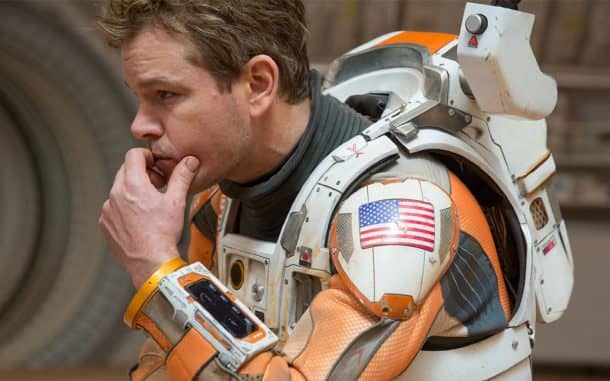Every aspect of taking a long road trip to some far away place is exciting, except for finding a toilet whenever and wherever you need it. This problem has worried our astronauts and the NASA scientists as well.
The astronauts on the Apollo 10 mission, after a successful moon orbit, made their way back to Earth and along with them, came a floating piece of poop. Someone had failed to use the adhesive toilet bag properly, and the culprit of the floating feces remained unidentified through the argument that followed. Commander Thomas P. Stafford grabbed a napkin and dragged the IFO to rest in the waste compartment.

This was the first fecal escape that happened in May 1969. It has been nearly 50 years since, and the problem stays unsolved. In the International Space Station, the toilets are equipped with suction fans that collect and dump the waste outside which is later incinerated in the atmosphere. The ISS is equipped with such toilets, but what do people do on spacewalks or during rocket launch? Adult diapers seem to be the only available solution.
You may be laughing at the situation now, but you wouldn’t be doing so when a turd will be floating above your heads or when you are stuck in a spacesuit for a never-ending period. The adult diapers may be a possible solution, but they can cause infections or irritation in the long durations that the astronauts are required to keep wearing their suits.
In preparation for space exploration beyond the moon, NASA initiated the Space Poop Challenge on the crowdsourcing website HeroX in October, offering a total prize of $30,000. Over 19,000 people from all over the world submitted more than 5000 ideas for the 60-day challenge. Some worked in teams pooling their resources together, and some came up with ideas and solutions all by themselves.
The winning solution was presented by Col. Thatcher Cardon, a family doctor and a flight surgeon in the US Air Force. The 49-year old doctor is a resident of Del Rio, Texas. The inspiration for his design came from his surgical training, where minimally invasive surgical techniques require complex operations through slight openings, like building a ship in a bottle.

Source: Business Insider
Talking about how he came to his solution he said,
“I thought about what I know regarding less invasive surgeries like laparoscopy or arthroscopy or even endovascular techniques they use in cardiology — they can do some amazing things in very small openings. I mean, they can even replace heart valves now through catheters in an artery. So it should be able to handle a little bit of poop!”
Cardon invented what he called the MACES Perineal Access and Toileting System (M-PATS). The design consists of a machine called the perineal access port, that would cover the perineal area of the astronaut. The port consists of two flaps and a very tiny valve. The valve is just a small airlock to expel waste from the suit without losing oxygen supply. Unlike most other ideas for storing poop in the suit, Cardon had a different approach,
“I never thought that keeping the waste in the suit would be any good. So I thought, ‘How can we get in and out of the suit easily?”
For his design, Cordon won the first prize worth $15000. Another team from Texas won the second place, that invented an airflow system that pushed waste into a storage compartment built into the suit. The idea that won the third prize was designed by a British product designer Hugo Shelly who came up with the idea to disinfect the excretions and draw them into a compressible pouch.
NASA engineer, Kirstyn Johnson who specializes in space suit technology said that none of these designs would be implemented as they are. However, some aspects of these designs will help develop future waste management systems in space suits. NASA is also preparing to gather ideas on some of its other problems through crowdsourcing platforms.
What are your thoughts on the winning ideas? Comment below!


